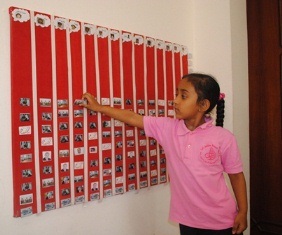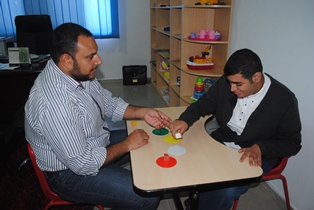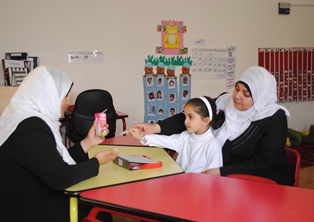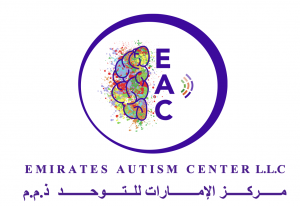Our Programs
“Treatment and Education of Autistic and Related Communication Handicapped Children”
Established in the early 1970s, the TEACCH Program has worked with thousands of individuals with autism spectrum disorder and their families.

TEACCH is not a technique or a method, it is a complete program that takes into consideration the special learning patterns of autistic children based on knowledge of ways of thinking and their behaviour such as selective attention, visual learning, spatial memory and concrete cognition. It focuses on the development of one’s own potential rather than meet pre-determined expectations of what is normal.
TEACCH rests on several concepts including: structured teaching, parent collaboration, assessment for individual treatment and skill enhancement.
Based on the 1987 research done by Ole Ivar Lovaas and research assistants, 42% of those children that received 30-40 hours of intensive therapy were mainstreamed into regular classrooms.

Lovaas technique is a form of Applied Behaviour Analysis that relies on the application of behavioural modification techniques by utilizing positive reinforcement, prompting, skills shaping, skills chaining, extinction, and different reinforcement for alternative behaviours.
“Picture Exchange Communication System”
PECS differs completely from traditional techniques of speech therapy. Its philosophy lies in initiation of communication with others through the exchange of pictures.
PECS training begins with identifying what a child is most motivated by and teaching him to exchange a picture card of the item for the item itself, that is to say if the child likes a ball, he is taught to exchange a picture of the ball for the ball, rather than simply grab the ball.
Once the child succeeds at this, he is taken through several more stages in the training so that he is able to request a range of items, with a range of people.
